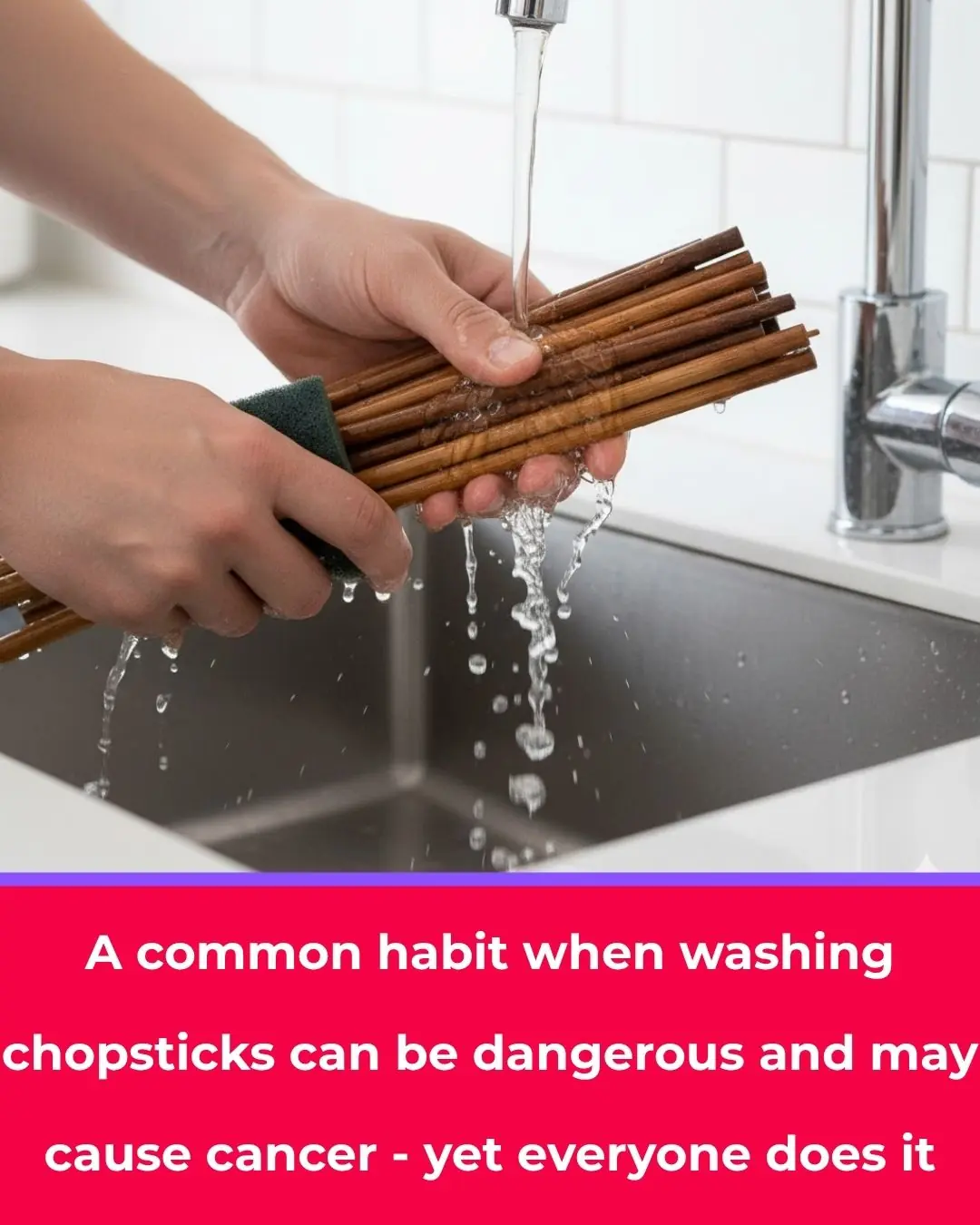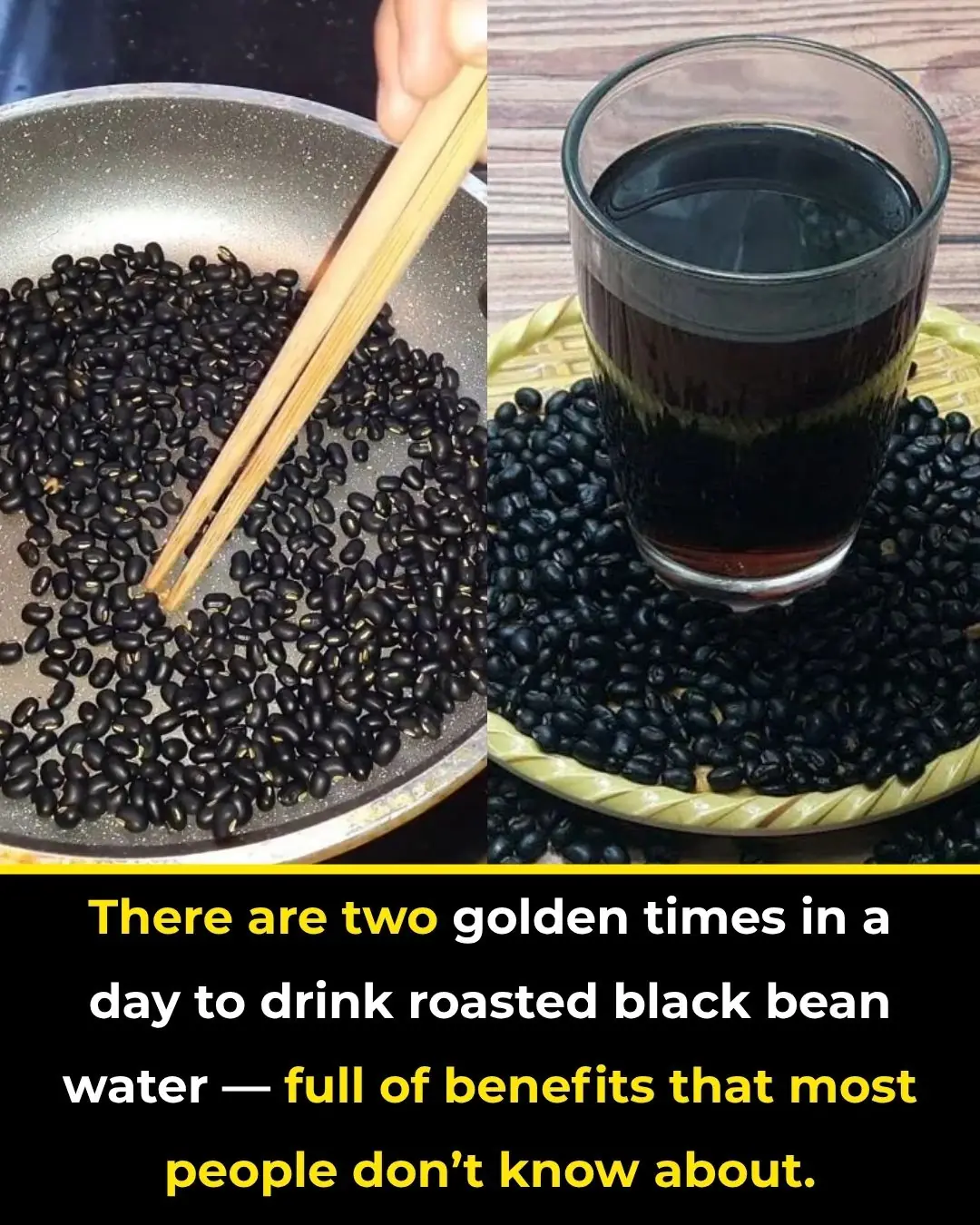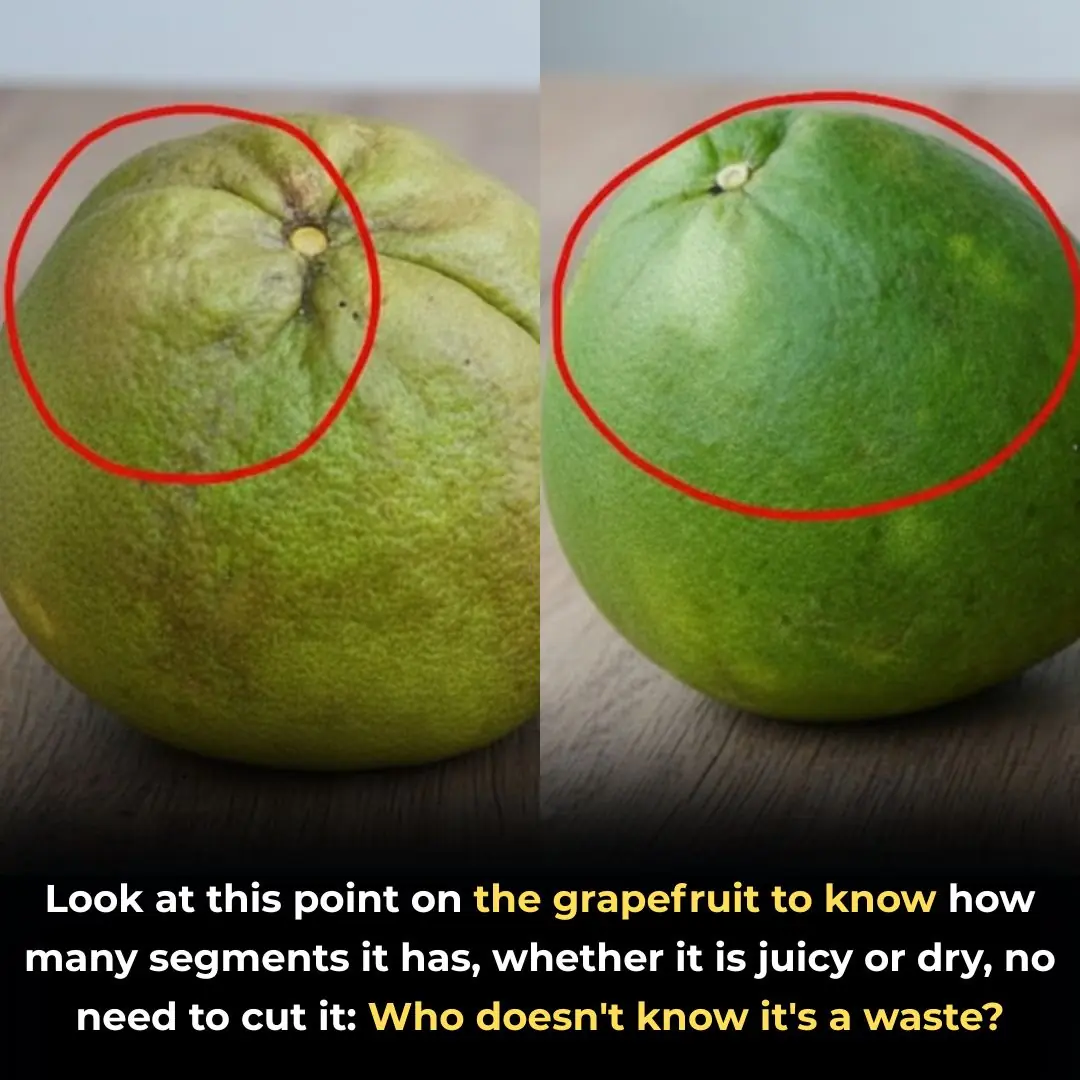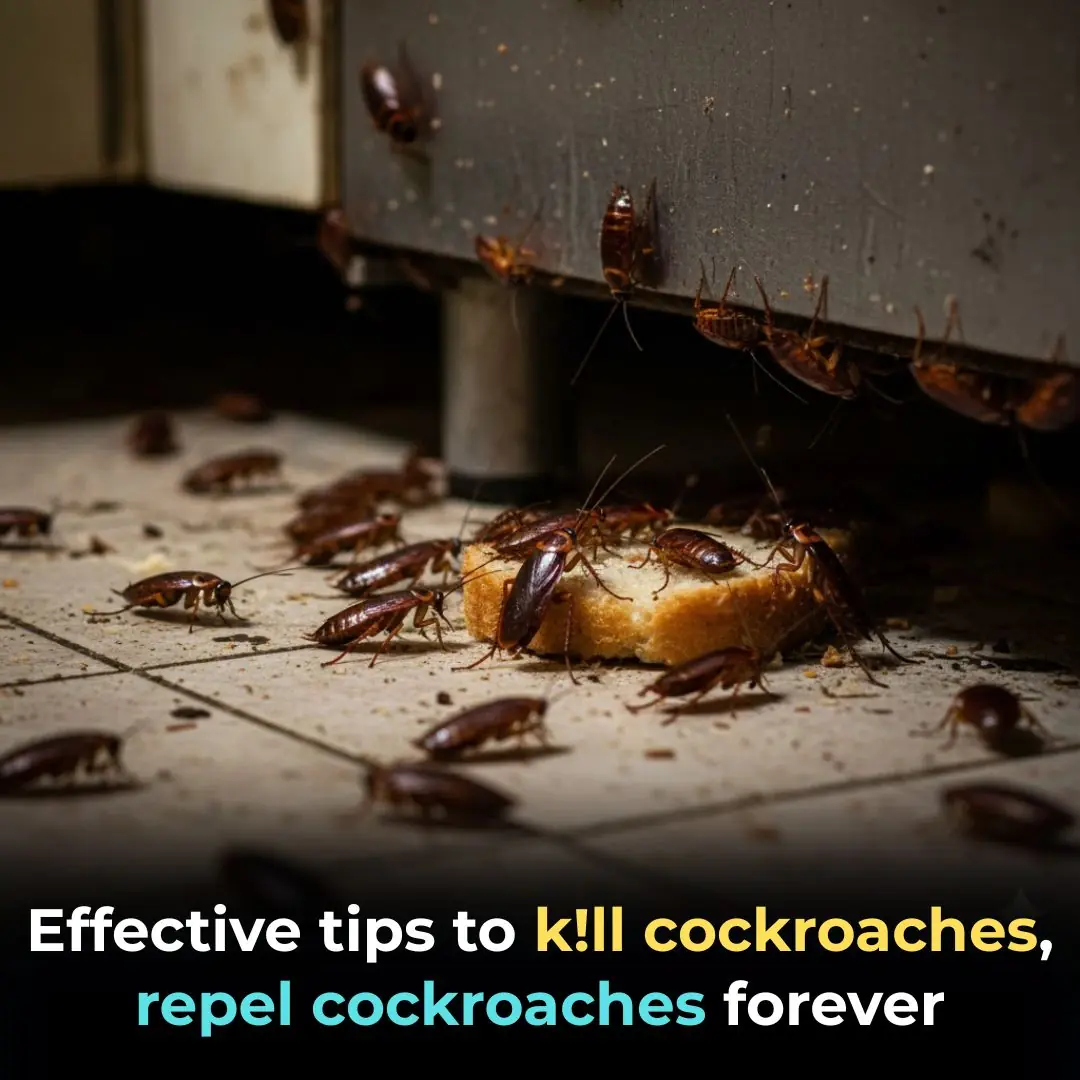
10 Common Watering Mistakes That Could Be Killing Your Plants
Watering your plants may seem simple, but it’s actually one of the trickiest parts of plant care. The right watering habits can help your greenery flourish, while the wrong ones can quietly cause stress, disease, or even death. Whether you’re a beginner or a seasoned gardener, it’s easy to make mistakes that hold your plants back.
In this article, we’ll cover ten of the most common watering errors — and how to fix them. From overwatering to using the wrong type of water, these are the habits that could be doing more harm than good. Let’s dive in and help your plants thrive.
1. Overwatering: The Silent Plant Killer
Overwatering is the number one mistake gardeners make — often with the best intentions. Giving plants too much water drowns their roots by filling the air pockets in the soil and cutting off oxygen. Signs include yellow leaves, wilting, and root rot.
Fix it: Wait until the top inch of soil feels dry before watering again. Each plant species has different needs, so learn your plant’s specific watering preferences.
2. Misting Tomato Leaves Daily: A Recipe for Trouble
Misting might sound like a good way to keep plants hydrated, but doing it daily on tomato leaves can trigger fungal problems such as blight. Damp foliage creates a breeding ground for spores.
Fix it: Water at the base of your tomato plants instead. Keep leaves dry and ensure proper spacing for good airflow.
3. Using Cold Tap Water: A Root Shock Hazard
Cold water can shock your plants’ roots, especially tropical varieties that prefer warmth. This sudden temperature change stresses the plant and slows growth.
Fix it: Let tap water sit until it reaches room temperature. This also gives chlorine time to evaporate, which benefits sensitive plants.
4. Watering in the Evening: A Fungus Invitation
Evening watering leaves plants damp overnight, creating ideal conditions for mold and mildew.
Fix it: Water early in the morning so the sun can dry the leaves. Morning watering also prepares your plants for the heat of the day.
5. Overhead Watering in Direct Sunlight: Risking Leaf Burn
When sunlight hits water droplets on leaves, they can act like magnifying glasses, causing scorch marks.
Fix it: Water at the base or use a drip irrigation system. Early morning or late afternoon are the best times to water.
6. Ignoring Soil Type and Drainage
Not all soil is created equal. Using the wrong type can suffocate roots or dry out too quickly. Succulents need well-draining soil, while ferns prefer moisture-retentive mixes.
Fix it: Choose soil blends suited to each plant, and make sure your pots have drainage holes. Add gravel at the bottom if necessary to improve water flow.
7. Using Hard or Chlorinated Water
Minerals in hard water — like calcium and magnesium — can build up and affect soil health. Chlorine can also harm delicate roots.
Fix it: Use rainwater or distilled water if possible. If you must use tap water, let it sit for a day before watering to allow chlorine to dissipate.
8. Watering on a Strict Schedule
Sticking to a rigid schedule ignores the changing needs of your plants. Temperature, humidity, and growth stages all affect how much water they require.
Fix it: Observe your plants. Check the soil moisture, leaf texture, and overall appearance before watering.
9. Leaving Water in Saucers: Root Rot Risk
Allowing water to sit in saucers keeps the roots submerged, blocking airflow and causing rot.
Fix it: Empty saucers after watering, and elevate pots slightly so excess water can drain freely.
10. Spraying Foliage Too Often
Frequent misting keeps leaves constantly wet, which encourages fungus and pests — especially in poorly ventilated indoor spaces.
Fix it: Focus on watering the soil, not the leaves. If your plants need humidity, use a humidifier or place a shallow tray of water nearby.
Bonus Tip: Watering Too Frequently
Even if you’re not overwatering at once, watering too often can suffocate roots over time.
Fix it: Allow the soil to dry out between sessions. For succulents and cacti, err on the side of underwatering. A moisture meter or a simple finger test will help you know when it’s time.
News in the same category


iPhone owners in utter shock after user points out 'never seen before' design 'flaw'

GloRilla Honors Her Father’s Retirement with a Luxury Surprise He’ll Never Forget

‘Degenerate Fools’: Morris Twins Reveal They Played In Many NBA Games Hungover

VA Siblings Make History As First Black Triplets To Join The Navy, Inspiring Father To Re-enlist

Journalist Craig Melvin Is Surprised by Parents on First Day as Co-Anchor of ‘TODAY’ Show

TikTok Influencer Keith Lee Helps Black-Owned Chocolate Brand Sell Out In 33 Minutes

Formerly Unhoused Artist, Richard Hutchins, Sells $50,000 Worth Of Art In One Day

Woman Makes 100 Lunches a Day to Feed Any Kid in Her Neighborhood Who Asks

Lowering Your Car Windows: A Life-Saving Tip When Driving Across Bridges

A Dangerous Habit When Washing Chopsticks — A Common Mistake That Could Harm Your Family’s Health

Two Golden Times of the Day to Drink Roasted Black Bean Water — Full of Health Benefits Few People Know

Stop Throwing Away Silica Gel Packets — 12 Smart Ways to Use Them at Home

12 Fast-Growing Shrubs That Create Natural Privacy

Stop Pulling Out Dandelions — Here’s What You Should Be Doing Instead

No One Told Me About This: The Secret to Year-Round African Violet Blooms

You See Everyone's Faces?": Erika Kirk Sparks Uproar After Trump Pulls Her In for Oval Office Kiss – and the Rooms -Reactions Has Fans Zooming In

‘The Feds Raided My Damn Door’: Funny Man Agent Ratliff, Known for Showing Up to Prank Bosses After Employee Complaints, Is Now Being Sued
News Post

The Ultimate Guide to Homemade Carrot Oil for Glowing, Youthful Skin

Homemade Ginger Lemon Shot: Your Natural Ally for Effective Weight Loss

Potato Treatment For Dark Spots & Large Pores

Add Onion and Coffee to Your Hair—The Results Might Shock You

DIY Flaxseed Gel & Okra Hair Gel For Hair Growth & Frizzy Hair

2 Mins Black Shampoo For Grey Hair

Machine-washed clothes are taken out wrinkled like rags: Before washing, do this step to flatten the clothes, saving you the trouble of ironing.

Kitchen cabinets are covered with a lot of grease, here are 4 quick and inexpensive ways to clean them.

The secret of smart chefs is to squeeze lemon into the frying oil pan, it turns out to have many great uses..

Don't use steel wool to scrub burnt pots and pans. Add a few drops of this and the pot will be as shiny as new.

Look at this point on the grapefruit to know how many segments it has, whether it is juicy or dry, no need to cut it: Who doesn't know it's a waste?

One more step when frying grilled pork rolls with betel leaves: The rolls are fragrant, cooked evenly, and the leaves are still a beautiful green.

Smart people's tips to help save half of the monthly gas bill, and a clean kitchen requires less cleaning

Effective tips to kill cockroaches, repel cockroaches forever

TikTok Creator’s $3.5M Courtroom Drama: Affair With Her Friend’s Husband Might Cost Her Everything

Remove This from Your Home to Live Longer

iPhone owners in utter shock after user points out 'never seen before' design 'flaw'

GloRilla Honors Her Father’s Retirement with a Luxury Surprise He’ll Never Forget

‘Degenerate Fools’: Morris Twins Reveal They Played In Many NBA Games Hungover
